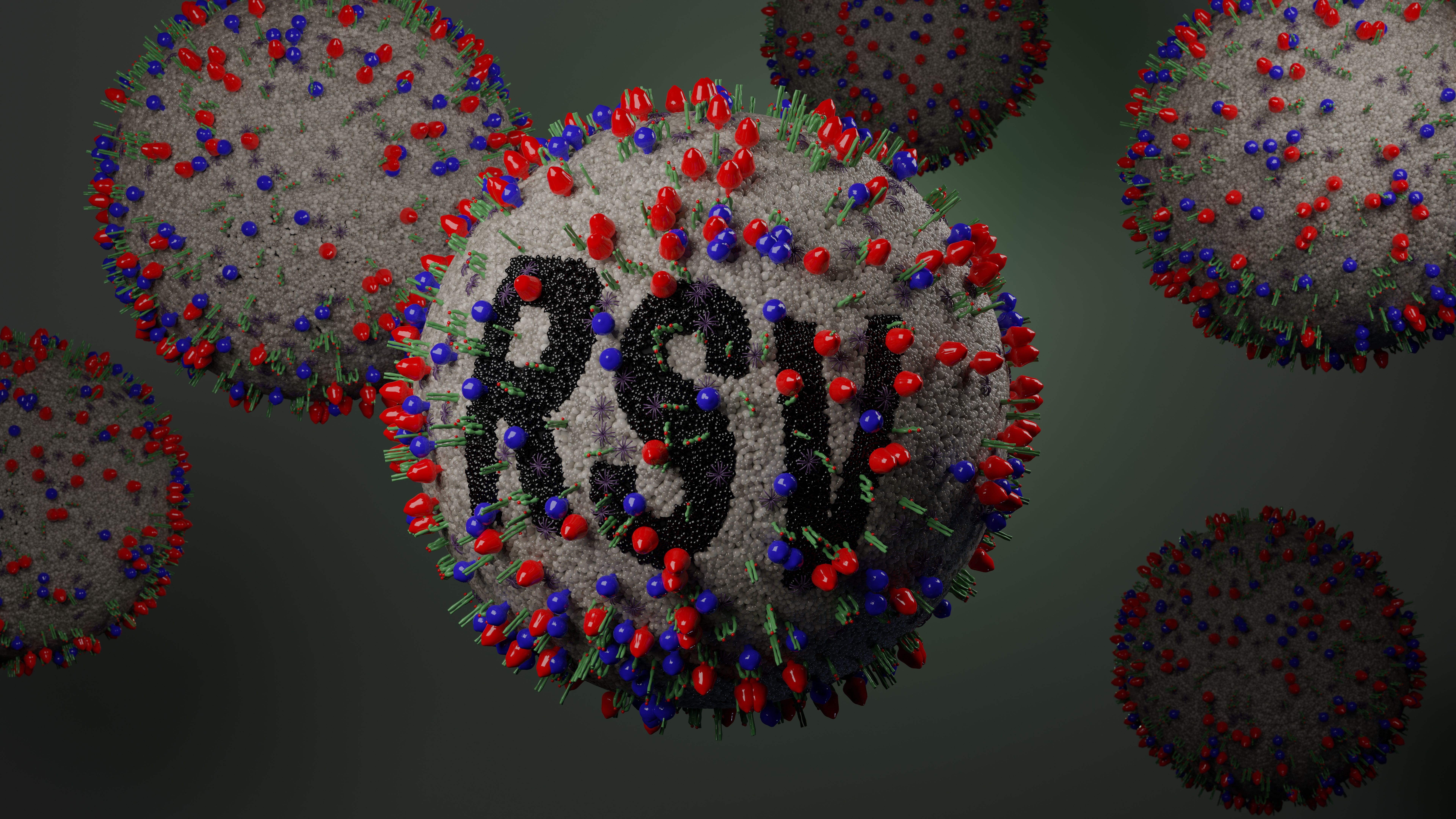Article
US Hospitalization Costs for Respiratory Syncytial Virus are Highest Worldwide
Author(s):
Hospitalization costs from respiratory syncytial virus infection are driven by older age and comorbidities.
Hospitalization costs for respiratory syncytial virus (RSV) infection in older adults are highest in the United States, according to a recent systematic literature review (SLR) published in the Journal of Medical Economics.
Credit: Peter Hansen - stock.adobe.com

The economic burden of RSV is substantial, with hospitalizations having a national direct cost between $1.5 and $4.0 billion for adults aged 60 years and older.
Older adults have an increased risk of severe outcomes from RSV and those with comorbidities have an even greater risk of hospitalization. Recovery could take months, and many require a skilling nursing facility, rehabilitation facility, or assisted living facility at hospital discharge.
“In addition, adults with comorbidities such as chronic heart or lung disease, functional disability, frailty, and compromised immune systems are susceptible to severe RSV disease and are more likely to require hospitalization than healthy older adults,” the study authors wrote. “After older adult patients are diagnosed with RSV infection, their return to pre-RSV respiratory functioning and ability to perform activities of daily living may take several months.”
The burden from RSV could be worse for low- and middle-income countries that have limited access to care. Fortunately, RSV vaccines are being developed for adults aged 60 years and older. Now it becomes necessary to understand the economic and health care resource utilization (HCRU) burden of infection that can help policy decision-makers assess the cost effectiveness of vaccination strategies.
Investigators conducted a global systematic literature review of 42 studies to better understand the economic burden of RSV infection in adults worldwide. Of the research evaluated, 15 studies addressed the cost burden of infection, 28 evaluated intensive care unit (ICU) admission and/or mechanical ventilation (MV) use, and 12 evaluated cases at discharge.
High incidence of comorbidities was linked with higher hospitalization costs. In the United States, direct costs for hospitalization from RSV infection ranged from $8049 to $58,117. Younger patients aged 18 to 49 years had the highest costs, possibly because they waited for severe outcomes before seeking hospitalization.
China reported the lowest cost burden of any country, with a median hospitalization cost of $3,123.44 per patient aged 18 years and older. Canada’s cost burden was similar to the United States, having a mean direct medical cost of $18,209 per RSV case.
Patients aged 45 to 59 years with ICU admission, comorbidities, highest MV use, and longest length of stay in the hospital had the highest average hospitalization costs, at more than $88,000, according to the investigators. Across US studies, 13% to 33.5% of patients were admitted to the ICU. Generally, patients in ICU across age groups had some of the highest costs of hospitalization due to RSV infection, according to the investigators.
Cardiovascular disease (CVD) could be the most economically burdensome comorbidity. The researchers found that it costs an additional $3237 per hospital visit compared to patients without CVD. In addition, patients with health care-associated RSV infection were more likely to be discharged to outpatient care that was not needed before RSV-related hospitalization.
The study authors encouraged additional research that evaluates the additional cost and HCRU data based on:
- Age group.
- Country (and socioeconomics).
- Cost in the outpatient care setting.
- Indirect costs associated with RSV infection.
- Costs and HCRU in patients with underlying comorbidities with risk of severe outcomes.
“Studies suggest that there are health and cost impacts beyond the acute phase of RSV infection, highlighting the need to assess the long-term economic and health impacts in future studies,” the study authors wrote. “Despite these data gaps, the economic burden of RSV infections was found to be substantial, underscoring the need for RSV preventive strategies for reducing this burden.”
Reference
Grace M, Colosia A, Wolowacz S, Panozzo C, Ghaswalla P. Economic burden of respiratory syncytial virus infection in adults: a systematic literature review. Journ of Med Econ. May 11, 2023. DOI: 10.1080/13696998.2023.2213125.






